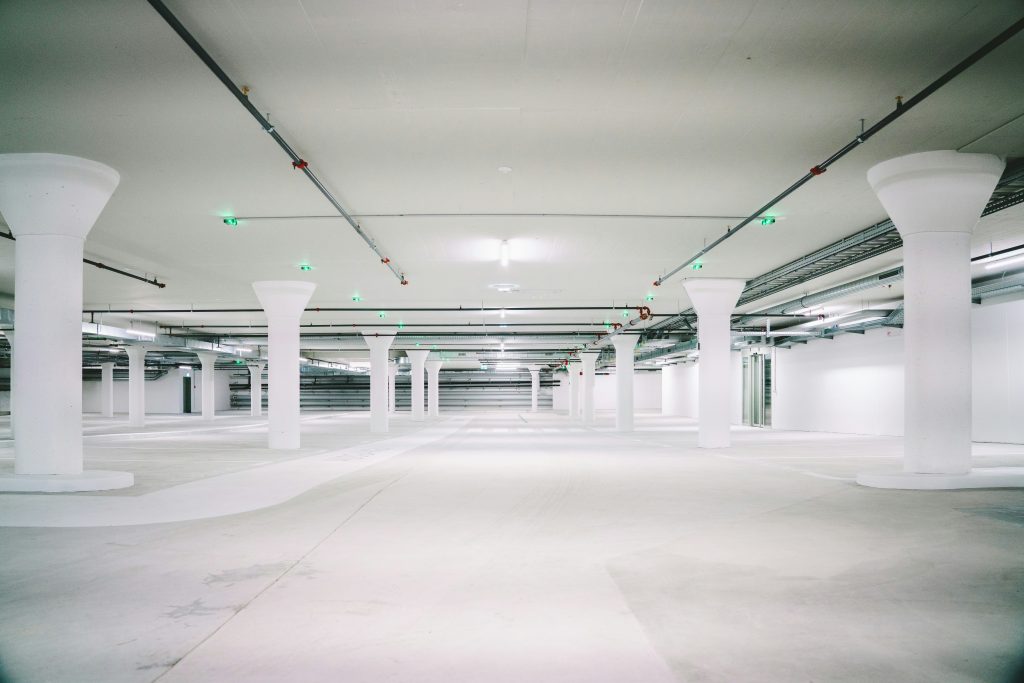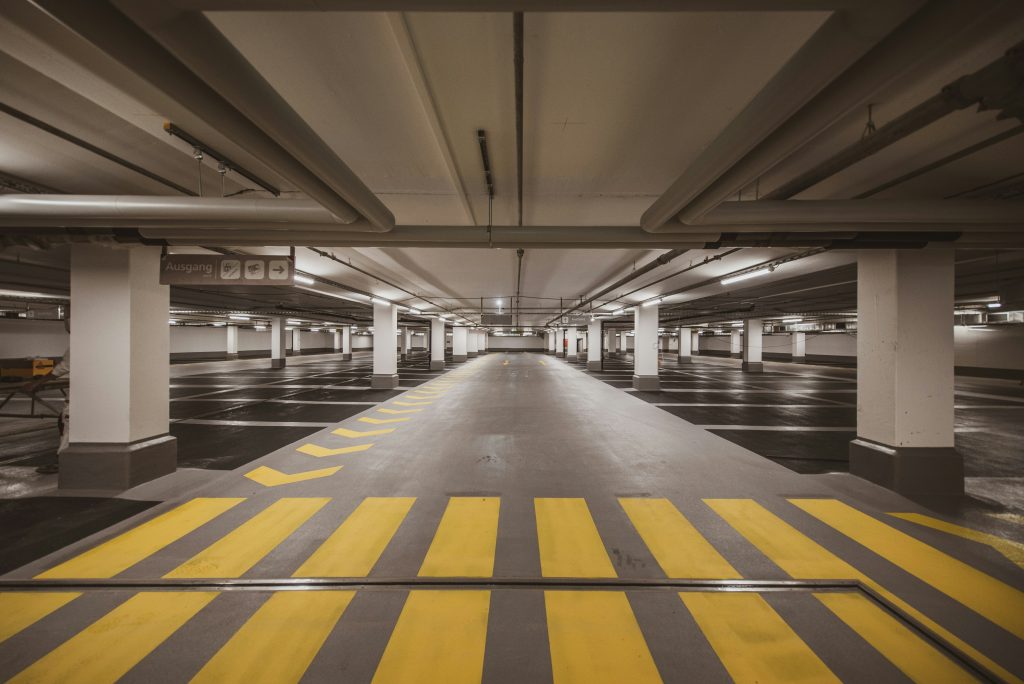Eco-friendly home upgrades are always a worthwhile investment for a number of reasons:
- You help reduce your carbon footprint
- More buyers are looking for greener homes
- You reduce your energy costs
- Eco-friendly homes tend to be more comfortable
Here I share how to choose the most eco-friendly upgrades to improve energy efficiency and home value.
Take a Mindful Approach to Renovations
Mindful renovations consider functional upgrades that improve use of space yet have the least possible impact on the environment. Some examples include:
- Installing larger windows to make better use of natural light
- Considering how a new layout makes better use of existing space, as opposed to building an unnecessary addition
- Choosing sustainable materials such as reclaimed wood vs. newly sourced wood, or bamboo or cork floors vs. hardwood
- Using local materials and suppliers to reduce transportation impact on the environment
- Reducing materials sent to local landfills by reusing or repurposing items such as bathroom vanities, bathtubs, kitchen cabinets, counters, etc.
- Donating materials salvaged during tear out such as cabinets, countertops, flooring, etc.
- Reduced material waste across all projects
Look for Insulation Upgrade Opportunities
Improved insulation reduces energy waste on heating and cooling your home. Whether it’s a major insulation upgrade in your attic and exterior walls, or simple upgrades such as new weather stripping around doors and windows, these little changes reduce energy waste, keep energy bills low, and improve the comfort of your home. A properly insulated home can save an average of 15% on energy waste.
New Windows & Exterior Doors
If your windows and exterior doors are over 15 years old, chances are you’re due for an upgrade. Older doors and windows can account for as much as 25% of your home’s energy loss. New windows can reduce your energy bill by an average of 15%, and see close to a 70% return on investment when you sell your home. Exterior doors can save 25% more energy and see an ROI of 65%.
Make Your Home Smarter
Leveraging smart home technology saves energy, while making life easier. Smart thermostats allow you to manage your home’s comfort levels from your phone, while tracking energy usage. Smart plugs are also controlled by your phone, allowing you to turn lights on and off to reduce energy use and keep your home more secure.
New Energy Efficient Appliances
Purchasing energy-efficient appliances saves both water and electricity:
- Fridge: Uses 10% less energy
- Bathroom ventilation fan: Uses 50% less energy
- Range hood: Uses 50% less energy
- Dishwasher: Uses 12% less energy
- Washer: Uses 25% less energy and 33% less water
- Dryer: Uses 20% less energy
In fact, even installing energy efficient light bulbs reduces energy use by 90% every time you switch on a light!
Go Low Flow
Installing low flow faucets and toilets in your bathroom reduces water usage. Shower heads should have a flow rate less than 7.6 litres per minute and toilets should be 4.8 litres. Faucet aerators can reduce water usage to as little as 3 to 5.7 litres per minute as opposed to six or more.
If you’d like more information about smart home renovation decisions before selling your home, let’s chat. I can offer advice on where you’ll see the best ROI and refer you to my network of local home improvement experts. If you want to learn more about alternative home options, click here to check out this blog.
Photo by Brina Blum on Unsplash






